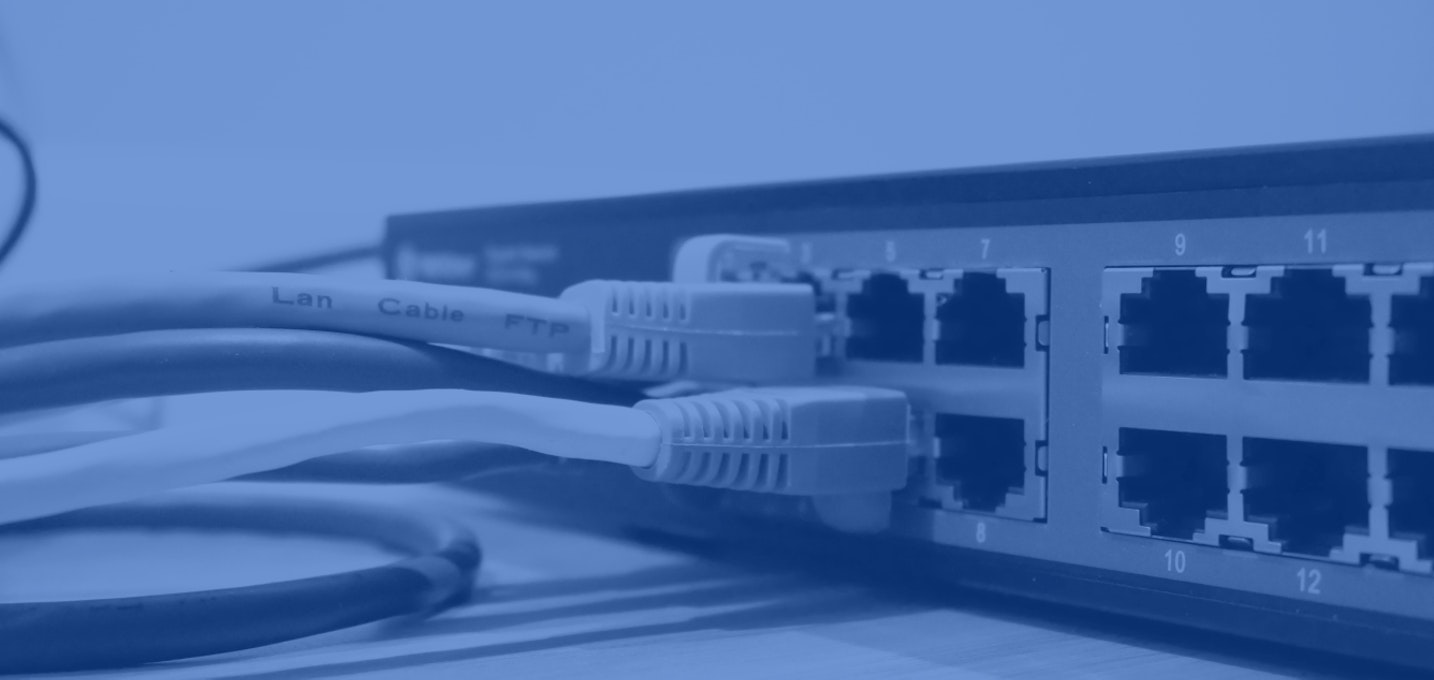Connectivity
Fixed Wireless

Let's explore some of the details about fixed wireless and why it can be a powerful option in your service portfolio.
Fixed wireless is different than WIFI, cellular or satellite
Fixed wireless is sometimes configured to use the unlicensed ISM band radio frequency bands such as 900 MHz, 1.8 GHz, 2.4 GHz and 5 GHz.
However, in most commercial installations, licensed frequencies are usually used to ensure QoS, or to provide higher connection speeds.
In some cases, lasers are even used to transmit fixed wireless data.
How does it work?
Fixed wireless is typically utilized in one of two main scenarios:
- Internet connectivity is provided by an ISP, from a transmission tower (sometimes called ground stations). In this scenario, a radio antenna at the customer site receives and sends data, to and from the transmission tower, establishing Internet connectivity. The backbone behind fixed wireless is typically fiber, but can also be cable, DSL or other technologies.
- Fixed wireless can also be used to share an existing Internet connection, between buildings, or nearby branch locations. A radio antenna is connected to a router at the customer site via Ethernet or fiber, and then transmitted to another radio antenna at the remote location, providing remote connectivity for a business.
Limitations
- The service almost always requires line of sight access between the subscriber and a ground station. For example, obstructions from hills or trees prevent installations in some locations.
- With older systems, rain or fog could sometimes adversely affect the quality of the service, but most modern fixed wireless does not have this problem. This is usually due to better equipment, and proper configuration.
- The cost per Mbps of bandwidth for subscribers, tends to be relatively higher, than other forms of broadband.
- Maximum transmission distances vary between technologies, but are generally limited to around 10 miles.
Performance
Fixed wireless comes without the latency limitations of other technologies like satellite. Customers routinely use fixed wireless for online gaming, VoIP, video, and other applications that require low network delays.
It is not uncommon for service providers to guarantee 99.995% up-time on fixed wireless services.
Speeds are generally limited to the underlying technology that is supplying the terrestrial Internet connection, but some fixed wireless hardware can transmit at speeds in excess of 1Gbps.
Final words
Don't hesitate to give fixed wireless a look in remote locations where other connections aren't an option.
A popular use case where fixed wireless really shines, is connectivity between buildings in a local area, or on the same plot of land. Fixed wireless makes interconnecting buildings on a single campus, easy, reliable, and cost effective.
Contact AppSmart today for more information on the industry's best fixed wireless providers.
Phone: 1-866-456-3211
Email: partnersupport@appsmart.com
Related Articles

Connectivity
Is the Old Way of Selling Cable Dead?
As a Technology Advisor, selling broadband internet is no picnic. That's because selling cable, whether coax or fiber, has traditionally been an incredibly time-consuming and manual-driven process! Let's review the major sticking points.By / Advisors / September 24, 2021

Connectivity
Fixed Wireless - SLA Backed Solutions For Primary And Backup Connectivity
Today's Fixed Wireless Solutions Provide Enterprise Class Connectivity And BandwidthBy / Advisors / March 11, 2020

Connectivity
Quick Guide to Selling SD-WAN
SD-WAN enables enterprises to move away from a legacy MPLS network, to a modern network that is global, secure, agile, and affordable.By / Advisors / March 6, 2020